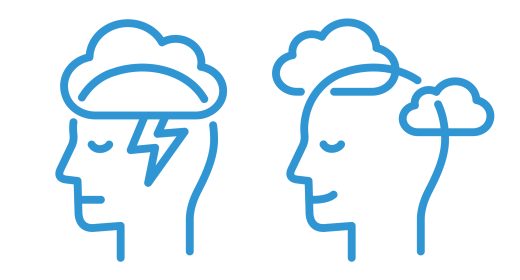
How Waves Are Created
- NOV 05, 2016Warning: count(): Parameter must be an array or an object that implements Countable in /home/howlermag/public_html/old/wp-content/themes/new-paper/includes/general.php on line 193

Growing up in Virginia Beach on the East Coast, my brother and I had to be “amature meteorologist” if we wanted to ride anything over knee-high.
In a 1-week span, there may be a 2-hour window of decent surf with favorable winds, and you better believe that when everything
came together, we were out there… We passed most of our days meticulously studying wind
maps, buoy readings, swell models; pretty much anything that could send a rideable ripple to our
fickle shores. Surfing spawned a genuine interest (more like obsession) with constantly checking
the weather forecast in hopes of seeing the slightest bump in the swell. Luckily, I was able to
deepen this mild weather obsession in college where I studied Atmospheric Science, all with
surfing in the forefront in my mind.
After relocating to Tamarindo in 2013, I find myself eager to learn more while spreading my
knowledge to fellow wave-hunters. Working at Witch’s Rock Surf Camp, I taught a weekly Surf
Science class where I went over the basics of tides, winds, wave properties, etc. I enjoyed
answering questions and “connecting the dots” for many new surfers. Now, I am thrilled to write
monthly Surf Science articles in this publication. Seeing how this is my first article, let’s start with
the basics. Let’s learn about How Waves are Created.
With the exception of tsunamis and tidal waves, all waves are created by wind. The wind can be
right along the coastline, or can be 1000’s of miles away. Either way, when you have wind blowing
over the surface of water, energy is transferred through friction to create waves.
There are 3 important factors of the wind that will influence the size of a wave.
Wind Speed – The higher the velocity of the wind, the more energy that transfers to the ocean.
Wind is the result of pressure differences in the atmosphere, so when you see a hurricane with
very low pressure and sustained winds of 100mph, you can bet there are some pretty big waves
associated with the storm. Or, In Costa Rica’s case, very strong winds that blow along the lower
latitudes of the South Pacific is our primary source of swell.
Wind Duration – How long is the wind blowing for? Whether the wind is blowing for 10 minutes or
10 hours is very important to how much swell can be produced. For those who have experience
making snowmen, imagine the process for a moment. As you take time rolling the snowball from
behind, more snow is collected and the ball indefinitely grows. Same with waves, the more time the
wind is pushing the wave from behind, the larger it will grow.
Distance over open water – How much distance is the wind covering? “Fetch” is the technical term
for this. Let’s imagine we are standing along the edge of an Olympic-sized swimming pool. We
have a giant fan that can put 100 mph wind on the pool for 10 hours to make waves. We have
strong winds and long duration, but because of the limited pool size, the waves will only grow to
about 6 inches. Now lets imagine we have 100mph winds blowing for 10 hours over 1000 miles of
the South Pacific.. That would be a circumstance where some serious swell would be produced.
Just hope that it’s coming in your direction.
Next month’s Surf Science topic will be Swell Period, the most important, under-looked aspect of
waves. Please, if you have any questions, critiques, or topic requests, please send them to my
email at ryan@witchsrock.com
See you out in the water!
Ryan Waldron
Witch’s Rock Surf Camp









